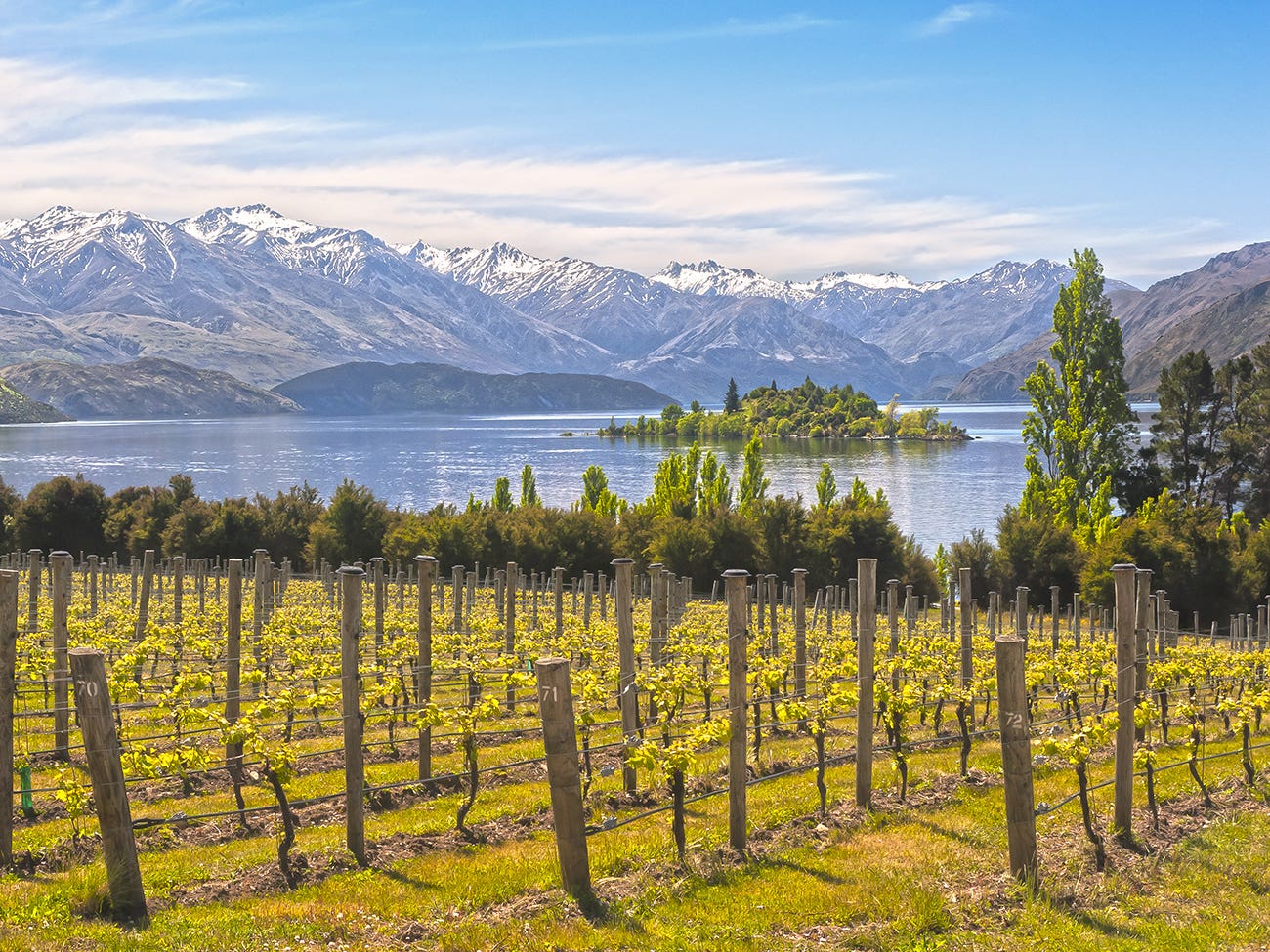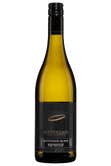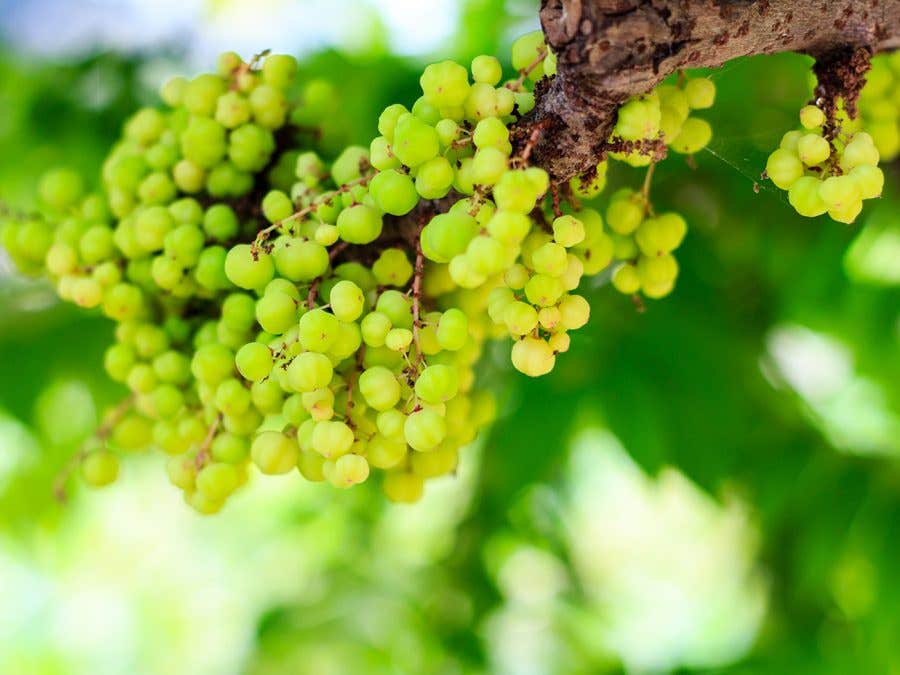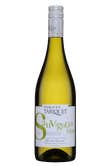A bit of background…
It’s hard to put an exact date on when Sauvignon Blanc first started being used for wine because during a certain period grape varieties were not mentioned on wine labels. The origins of this grape variety are also the object of some controversy, since both Bordelais and Val-de-Loire claim paternity.
Sauvignon blanc around the world, from france to south africa
While Sauvignon Blanc is one of the more famous French varieties, it is in fact grown throughout the world, from France to the United States. This might lead you to think that the grape is easily adaptable to different climates, but if anything the opposite is true: While this vine loves the sun, it hates the heat, which diminishes its aromatic profile. The grape was not always so easily grown in California and Australia, since success with this variety depends above all on having the right environment for it to develop in.


Although its culture in New Zealand is of recent date—with Sauvignon Blanc vineyards only really coming into their own at the start of the 1990s—the country creates some very good wines of this type, such as those from the popular Kim Crawford estate.
Flavour profile
Sauvignon Blanc releases notes of citrus and has a herbaceous character reminiscent of boxwood and blackcurrant buds, supported by a good acidity in the mouth. If you smell three different Sauvignons Blancs one after the other, you will pick up the notes of herbs, grapefruit and lime that are common to the variety. Those from New Zealand tend more towards passion fruit, kiwi and asparagus.
What should be served with sauvignon blanc?
This variety is a good choice as an aperitif and pairs well with goat’s cheese and melon. Since it’s a wine with bite, it can also be served with the main course, particularly seafood, lobster or langoustines (also known as scampi).
Our suggestions
This French Sauvignon exudes notes of citrus and fresh-cut herbs, and its finale is coloured with a hint of minerality.
This New Zealand wine originates in Marlborough, which is where the first Sauvignon Blanc vine was planted in the country. It is a lively, powerful wine offering an explosion of flavours.
-

 Saint Clair Origin Sauvignon Blanc Marlborough 2021 White wine | 750 ml New Zealand , South Island$22.65Available Online Available In store
Saint Clair Origin Sauvignon Blanc Marlborough 2021 White wine | 750 ml New Zealand , South Island$22.65Available Online Available In store
-
Inspiration
(745)
- Profiles (184)
- Interviews (77)
- Share (295)
- Trends (60)
- Tasting and service (47)
- Production methods (21)
- Conservation (5)
- Wine cultivation (27)
- Pairings and Taste Tags (26)
-
The SAQ is here
(87)
- SAQ Inspire Event (34)
- Donations and sponsorships (52)
- SAQ Inspire Contests (0)
-
About us
(47)
- Press releases (40)
- Career (4)
- Clarifications (3)
- Sustainable development (21)





 Free in-store delivery with purchases of $75+ in an estimated 3 to 5 business days.
Free in-store delivery with purchases of $75+ in an estimated 3 to 5 business days.






